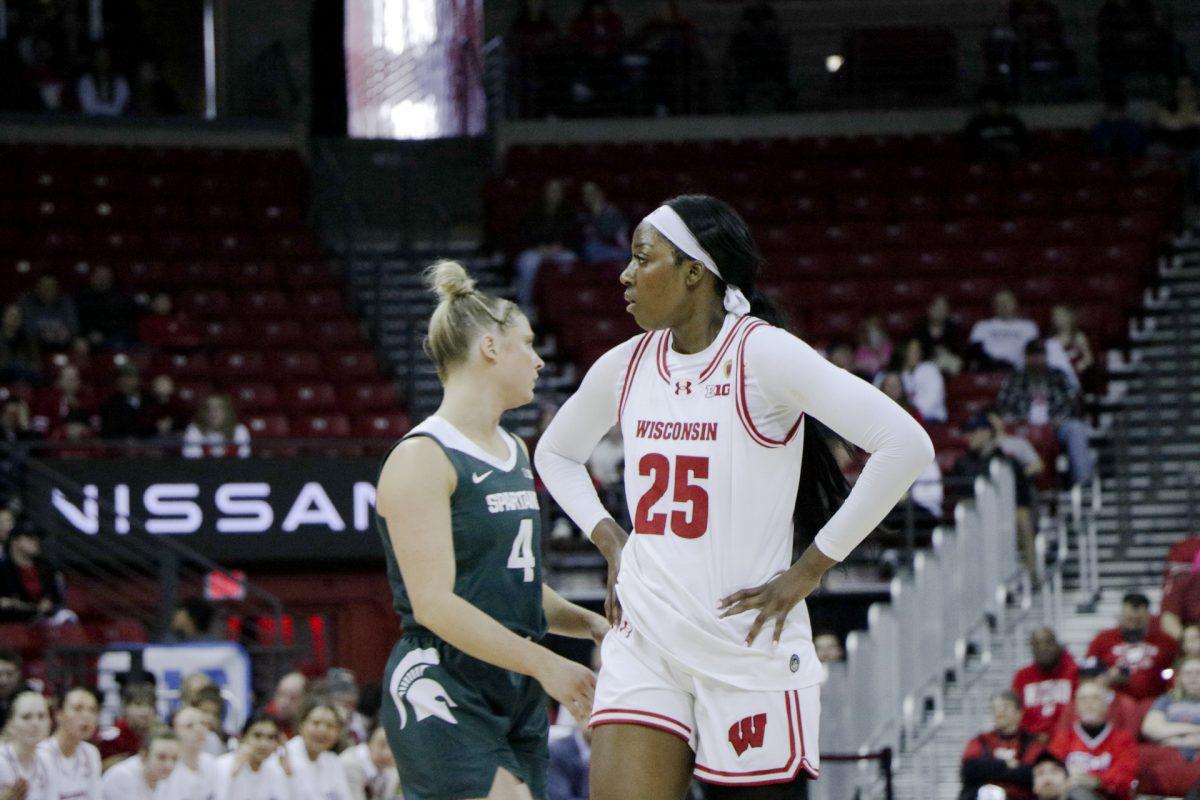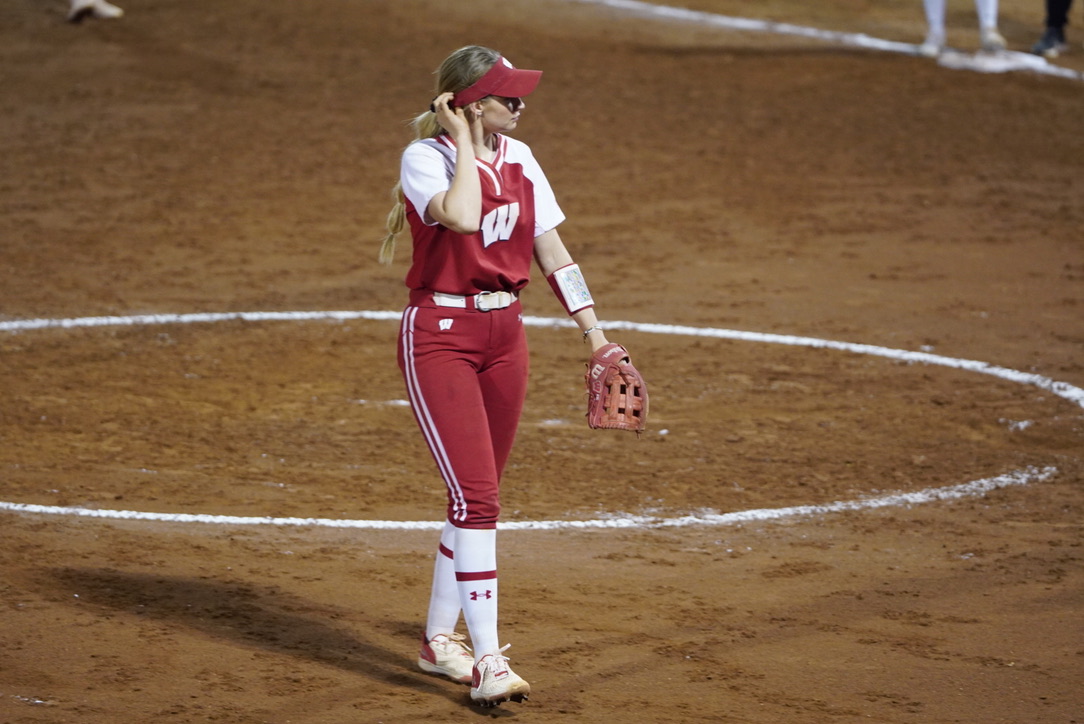[media-credit name=’Jen Small / The Badger Herald’ align=’alignnone’ width=’648′] [/media-credit]
[/media-credit]
“Legends” and “Leaders.” Not exactly what we might call Big Ten commissioner Jim Delany’s finest moment. The names became laughable monikers that seemed to mock the 12 teams of the Big Ten thrown into divisions in a grab bag manner. Would you consider Indiana a legendary football program? Or two programs that had bowl-bans in 2012 leaders of the conference? Not exactly a great fit, Jim.
Luckily, historians will soon be the only ones muttering those terrible names in passing when their research leads them into the long forgotten history of the conference. With the Big Ten seemingly once again set to realign its divisions in 2014, the conference has chosen a much more ingenious title for its two divisions.
East and West. Seriously. The Big Ten has struck creative gold.
This time the teams of the Big Ten are divided geographically. The West will be made up of all the conference teams in the central time zone -Iowa, Minnesota, Northwestern, Illinois, Nebraska, Wisconsin – with the exception of Purdue. The East representatives consist of Indiana, Michigan, Michigan State, Ohio State, Penn State combined with newcomers Maryland and Rutgers.
Another amazing idea! Let’s split up the divisions geographically! By golly, who would have ever thought that could work? Does anybody have a ruler and pencil? I wonder how long the bigwigs at the Big Ten spent staring at a map until this became clear.
Thanks to this common sense realignment, fans of teams like Nebraska and Rutgers can rejoice knowing they won’t have an annual game between the schools that requires one of the team’s fans to travel the almost 1,300 miles that separate the two campuses.
This geographical realignment may favor Wisconsin more than any team. This new split brings back the yearly game between Iowa and Wisconsin that was effectively destroyed when the two programs were separated at the initial divisional alignment in 2010. Now, Badger and Hawkeye fans alike can take solace in knowing the teams will meet in 2013 after a two-year hiatus and the rivalry game will now become an annual occurrence.
The Heartland Trophy, a brass bull that was introduced to the rivalry in 2004, can get dusted, polished and prepared to see the light of day again.
Plus, something special seems to happen when these two teams meet. Some of the best games I’ve watched in my life have featured Wisconsin and Iowa, whether it was current Athletic Director Barry Alvarez trying to beat a program that was a perennial thorn in his side during his career as head coach or former running back Montee Ball’s coming-out party to lead the Badgers to a win in Iowa City in 2010.
Heck, the all-time series between the two schools is tied at 42 wins each.
The realignment also gives Wisconsin its natural border rival, Minnesota, back in a similar division. Just think, perhaps in the future down a very long and winding road, a football game between the Badgers and Gophers might actually have deeper implications than the growing shame of a certain state.
With the league aiming to extend the conference schedule to nine games per team starting in 2016, the Badgers will also have some flexibility for crossover games with the teams from the opposing division.
Even though the only proposed crossover game that would be guaranteed on an annual basis is Indiana versus Purdue, Wisconsin could make a strong case that Michigan State should be its protected rival. Maybe if the two programs make a trophy they could sell it better. Might I suggest a very thorny rose? Michigan State fans, I know you get it.
From a competitive standpoint, things couldn’t have turned out any better for Wisconsin in their divisional draw. All of the teams in the slated West division – with Wisconsin included – combined to go 23-33 in conference play in 2012. Not exactly impressive.
The East? Between their five teams that played in the Big Ten last year, the group combined for a 26-15 record in conference play. Adding a Rutgers team that was a tiebreaker away from winning the Big East in 2012 and a Maryland program that is rebuilding under Randy Edsall, it appears the East division will be stratospherically more competitive than the West.
And that means Wisconsin will be competing consistently in the next few years with Nebraska for the opportunity to represent the West in the Big Ten Championship game. Sure, right now Northwestern looks like it could be potentially dangerous, but after that the competition sure looks mediocre.
Plus, there will be no more annual games against Ohio State and Penn State for Wisconsin. It’s almost a similar situation to what the Badgers faced in 2012 with the two best teams in the Leaders division facing a bowl ban.
I’m not saying that the divisional change has made it easy for Wisconsin – nothing is ever easy when it comes to sports – but it does seem to make the path to Pasadena or a playoff game easier than it used to be.
Nick Korger is the sports editor of The Badger Herald and a fifth-year senior majoring in history and English. He also hosts “The Badger Herald Sports Hour” and is a member of the WBA-award winning “The Student Section” on 91.7 WSUM. Like or hate the divisional split? Let him know at [email protected].



















